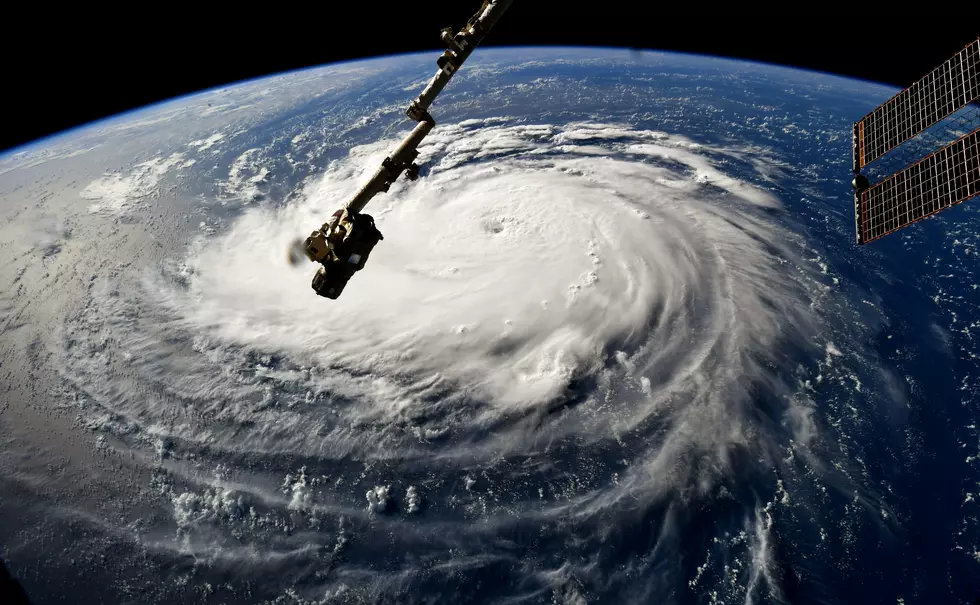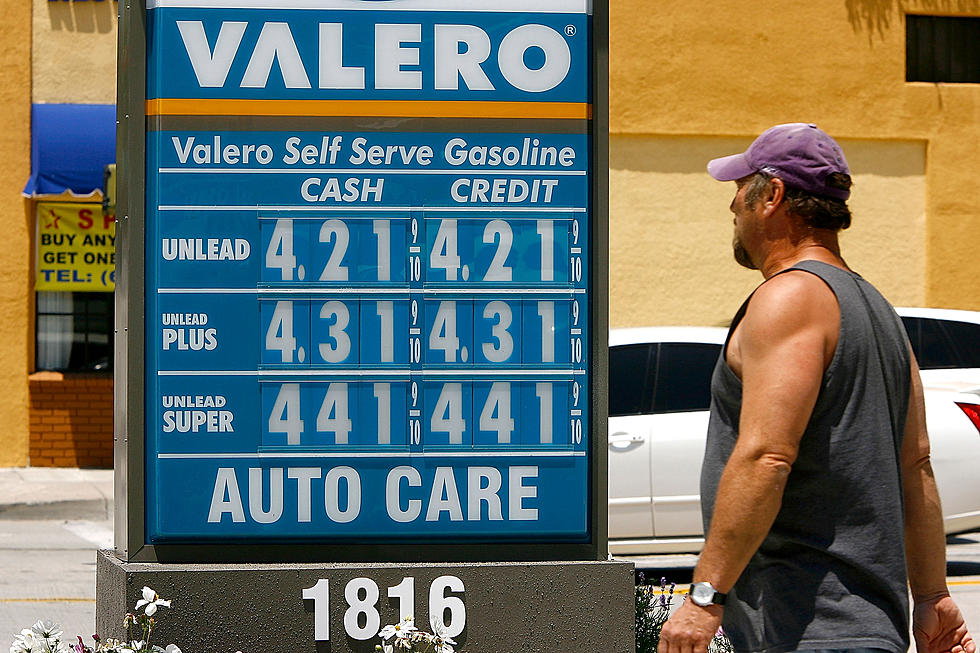
Connecticut Could Have ‘Greater Chance’ of Hurricane Activity in 2021
The bigwigs in the weather predicting business, the National Oceanic and Atmospheric Administration, better known as NOAA, has recently released their prediction for the Atlantic hurricane season, and it's not great news.
NOAA has predicted a 60% chance of another above-normal hurricane season in 2021, and after they crunched the numbers, the predictions are 13-20 named storms, 6-10 hurricanes, and 3-5 major hurricanes.
On September 21, 1938, Connecticut's worst hurricane in the state's history, nicknamed the "Long Island Express", made landfall just east of New Haven and practically reshaped the Connecticut coastline.
Many of the state's river towns like Hartford and Middletown were completely submerged. When it was finally over, 600 people had died, and over 700 were injured. In addition, 5,000 buildings were destroyed and the strong winds and rain severely battered 25,000 homes.
So, how will the Atlantic hurricane season effect the state of Connecticut? According to the website tropical.colostate.edu/forecast, it is "impossible to precisely predict 2021's hurricane activity this early in the season."

Accuweather Chief Meteorologist Dan Kottlowski stated a greater chance of hurricane activity impacting the East Coast in 2021. On the Accuweather website, he takes a deep dive into the methodology of hurricane prognostication. So, if you're a weather geek like me, click on accuweather.com.
Even if you don't live in a state where hurricanes are prevalent, like the Gulf Coast and the Florida Coast, having a plan and an emergency hurricane kit is an excellent idea, for Connecticut residents, check out the Connecticut Guide to Emergency Preparedness by clicking on portal.ct.gov.
The Aftermath: Greater Danbury Damage after Tropical Storm Isaias
LOOK: The most expensive weather and climate disasters in recent decades
More From WZAD-WCZX The Wolf









